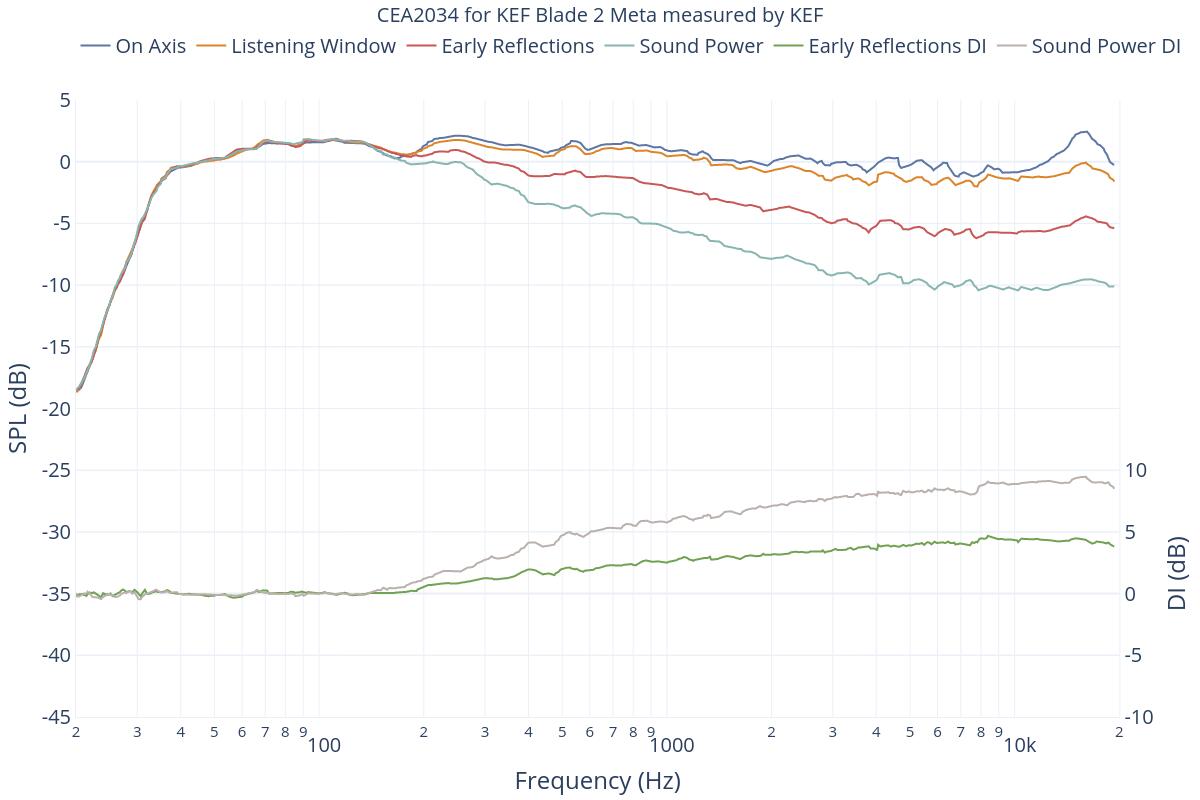- Joined
- Sep 3, 2023
- Messages
- 873
- Likes
- 1,481
Wow! I’ve never come across the idea of tuning a speaker as a pair in-room.As mentioned earlier as well, it's also important to understand what happens when you put two speakers in a room, the Mantas are completely balanced in-room in the 1-2khz area:
View attachment 335759
Seems obvious though.
Do you know why the 1-2KHz region smoothed out when measured as a pair?



